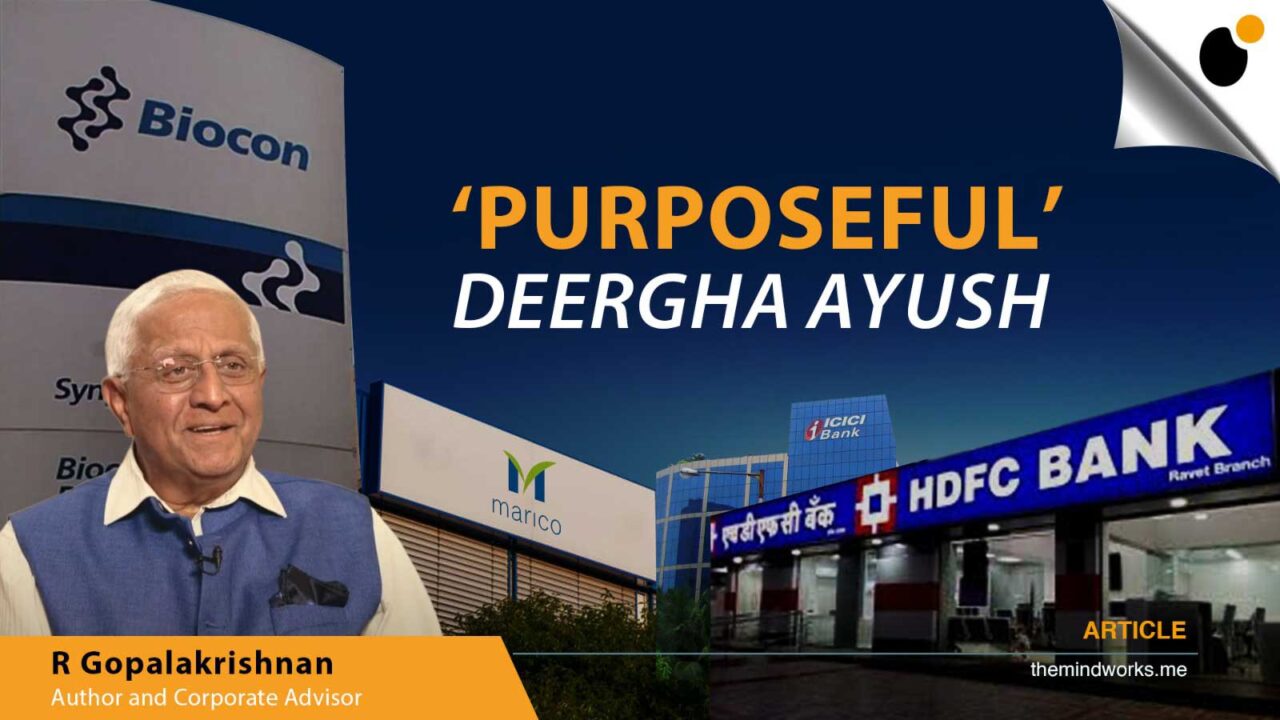26th December 2013, BUSINESS STANDARD
Mental preparedness can improve the chances of eureka at will
Serendipity and innovation are companions. The stories of their companionship are interesting and inspirational, but, regrettably, they are not instructive. How does one invoke that elusive eureka moment at will? Whether it is the story of Isaac Newton (gravity) or Alexander Fleming (penicillin), it just seems that eureka just might happen to you. You have to only hope that it happens.
However, from the stories about Biocon and Fair and Lovelyin the previous articles (November 1 and November 29), it does seem that there is some mysterious process, which you can develop consciously to improve the chances of eureka. It is called mental preparedness.
So how can you practice mental preparedness? Psychologist Mihaly Csikszentmihalyi has researched this aspect by studying the thought processes of people, who are acknowledged to be creative, rather than the usual research of parsing the inner working of their minds. He postulated that there are five mental stages: preparation, incubation, insight, evaluation and elaboration. French mathematician Henri Poincare had enunciated four stages a century earlier: preparation, incubation, illumination and verification.
It is in the incubation phase that you get the “aha” feeling, when you sense that all the pieces have fallen together. This is loosely referred to as eureka moment. Psychology research throws up some interesting data (The myths of creativity, David Burkus, Josey-Bass, 2013). Does it matter if you concentrate or have interruptions in your process of cogitation?
In one experiment at Sydney University, three groups of subjects were asked to generate ideas on alternate uses for a piece of paper: the first group was allowed to work on the problem, uninterrupted for four minutes, the second group had one interruption at the end of two minutes, on a related subject, and the third group worked for four minutes with a half-way interruption on an unrelated subject. Guess which group produced the most ideas? The last group did so, the group which was not in a position to concentrate during the experiment.
So much for people who complain that their job leaves them no time to think! Pappekak in Dutch, or poppycock in English.
In another experiment at University of California, Santa Barbara, an experiment was designed to study if focused minds or wandering minds produced more ideas. Wandering minds generate more ideas. In such a creative or wandering mind, the neurons are firing furiously but not in any orchestrated manner. Because the mind goes superfast through all the five Mihalyi stages, it is concurrently evaluating and elaborating those ideas, and trying very hard to developing an insight. When that insight develops, the ‘neuron orchestra’ gets locked into a rhythm and that is the birth of a human idea. (See “Creativity from chaos”, Business Standard, November 29).
Tata Consultancy Services (TCS) had recruited as a consultant, one Professor P C Kapur, who had retired from IIT Kanpur and who had done some pioneering work on waste materials, including the adsorptive and anti-microbial properties of rice husk ash (RHA). His novel insight was that RHA had around 85 per cent of activated silica and 10 per cent of activated carbon. Thus, it could adsorb bacteria (due to activated silica) and also remove odour (due to activated carbon). RHA is mesoporous, which means that it has pores within pores. Hence, its adsorptive capacity is high. Since its main constituents are in an activated state, it is possible to embed other substances onto it.
However, the problem was that this process removed only 85 per cent of the bacteria, apart from odours and suspended particles. As constructed in the laboratory, the product was clunky and useful only for emergency relief in cyclone or earthquake-hit areas.
So the natural questions arose? Could the same idea be developed as a consumer product for ‘just before consumption’ use? How could the balance bacteria and other disease bearing virus be removed?
I had learnt long ago from my grandfather that water stored overnight in a silver vessel was ‘good water’. He had no idea why. My neurons started to fire. With a wee bit of reading and some Google help, I learned that silver has long been known as a metal that killed bacteria upon reasonable physical contact. But surely one could not make bacteria-free water by placing burnt rice husk ash in a silver vessel! My mind was a bit restless because I did not know how to connect native wisdom with modern science.
I learnt that one TCS scientist had proposed nano-silver, but could not figure out a safe and cost-efficient way to use that material. I jousted with Dr Murali Sastry, then with Tata Chemicals. Could he throw some light on how silver vessels purified water? Of course he could. He rattled off some lay introduction and some pure gobbledegook. Murali said: “Why think of silver when you can consider nano-silver? Let me do some work and revert to you.”
This meant that we could use very small quantities of finely particulate, nano-sized silver. But it was quite unclear how the fine nano-silver could be mixed with burnt rice husk ash; further the filter bed, thus, produced had to hold together as water flowed through it. “Nanotechnology is generally used in very high-end products like cosmetics, because there is a cost involved in creating additional surface area. The scientific challenge was to do so at a low cost,” said Dr Sastry
A core team was created with scientists and managers from TCS and Tata Chemicals. The challenge was posed to them in lofty terms: could the team do for drinking water what Thomas Edison had done for lighting through developing the electric bulb? Several peoples’ neurons fell into some lock-step progressively. It took three years of consistent development work by a hugely talented team of passionate scientists, persistent development folks, adaptive production managers, and compulsive marketing evangelists to design and launch TATA Swach, a novel, nano technology-based water purifier.


